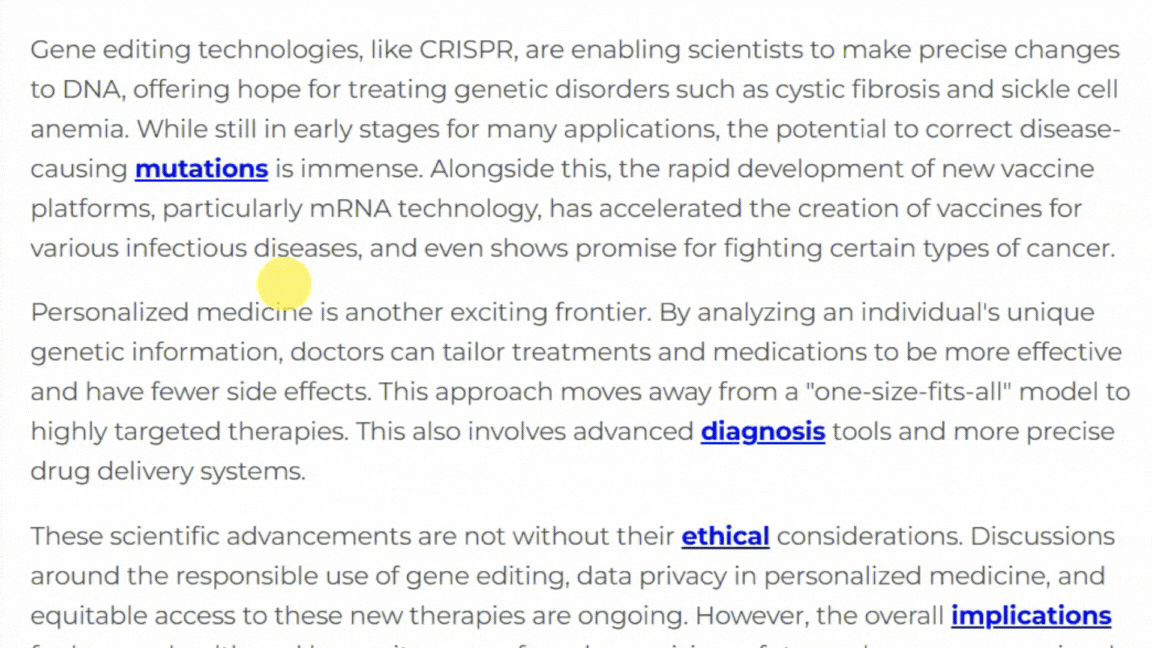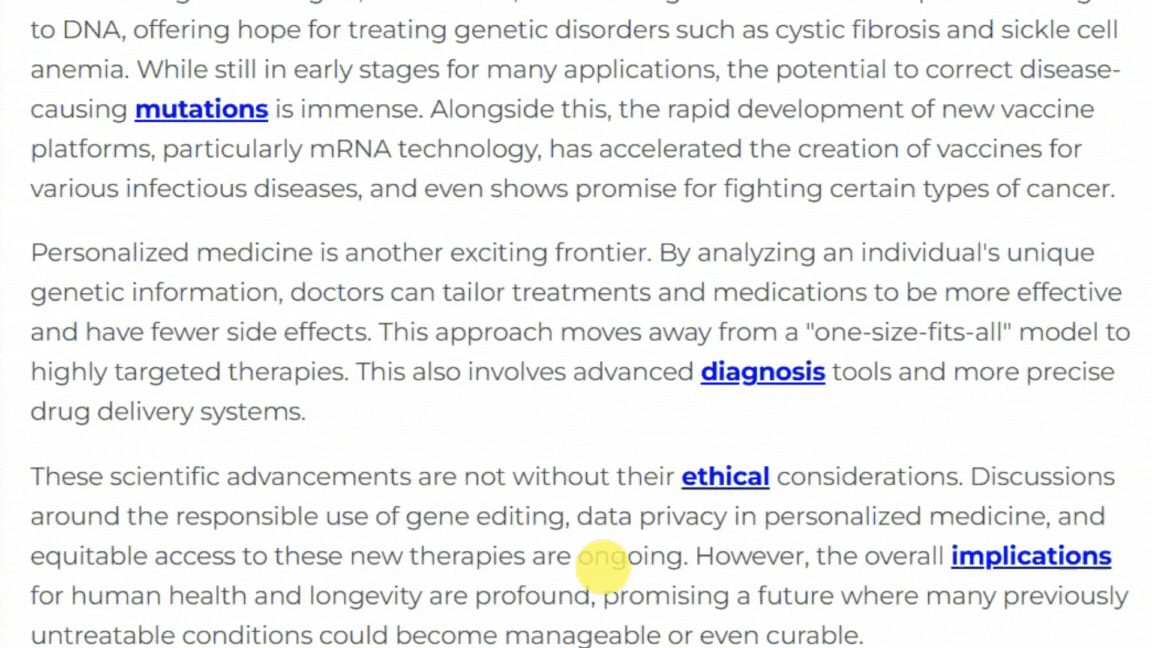Amber Talk
Enhance Your Conversation
- Login
- / Sign Up
Amber Talk
Enhance Your Conversation

Improve Your English Skills
Please enter your email to get more information on how to improve your English skills and to continue with the Article.

The Rise of Telemedicine
News Audio Player
News Audio Player
Scroll Down For Speaking Practice
The landscape of medical services is undergoing a significant shift with the growing adoption of telehealth services. This modern approach delivers health support remotely, moving beyond traditional clinic visits. It encompasses virtual consultations, where patients connect with medical professionals via video or phone, and remote patient monitoring, allowing doctors to track vital signs and health data from afar. These digital health platforms are fundamentally altering how individuals receive and manage their care.
One of the primary benefits of distant care is improved accessibility. Patients in rural areas or those with mobility challenges can now easily reach specialists. It also offers immense convenience, saving time and reducing travel costs. For chronic condition management, continuous oversight through connected devices provides real-time data, enabling healthcare providers to intervene promptly if needed. This proactive approach can lead to better health outcomes and fewer emergency visits.
The expansion of e-health solutions has been accelerated by recent global events, demonstrating its crucial role in maintaining continuity of care. From online prescriptions to mental health support, the scope of services offered through this model continues to widen. It requires robust secure communication channels to protect sensitive patient information and ensure privacy.
Despite its many advantages, challenges remain, including ensuring broad access to necessary technology and reliable internet, as well as navigating regulatory frameworks. As technology advances and policies adapt, telemedicine is poised to become an even more integral part of the global healthcare system, making quality care more reachable for everyone.
Let's Talk About It!
- 1. How do you feel about using telehealth services for your medical needs?
- 2. What are the main benefits of virtual consultations for patients and doctors?
- 3. How can remote patient monitoring improve the management of chronic conditions?
- 4. What challenges might people face when trying to access digital health platforms?
- 5. In what ways does distant care make healthcare more accessible?
- 6. What are your thoughts on the privacy of patient data during secure communication in telemedicine?
- 7. How might e-health solutions change the future of emergency medical care?
- 8. Do you think online prescriptions are as safe as traditional paper prescriptions? Why or why not?
- 9. How important is broad access to technology for the success of telemedicine?
- 10. What is one area of healthcare you think could benefit most from telemedicine?
Article Vocabulary Instructions
Click to Enlarge

Click to Enlarge
